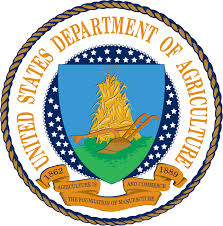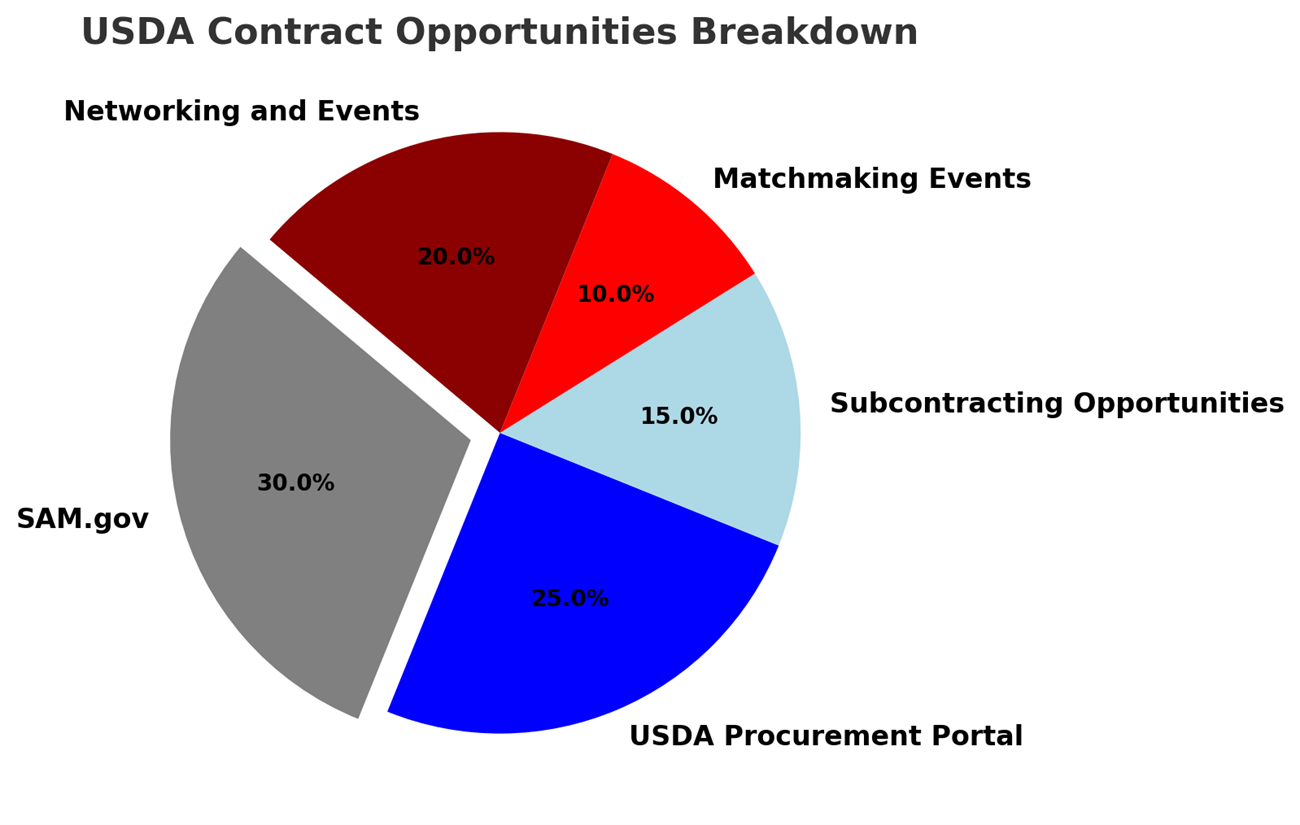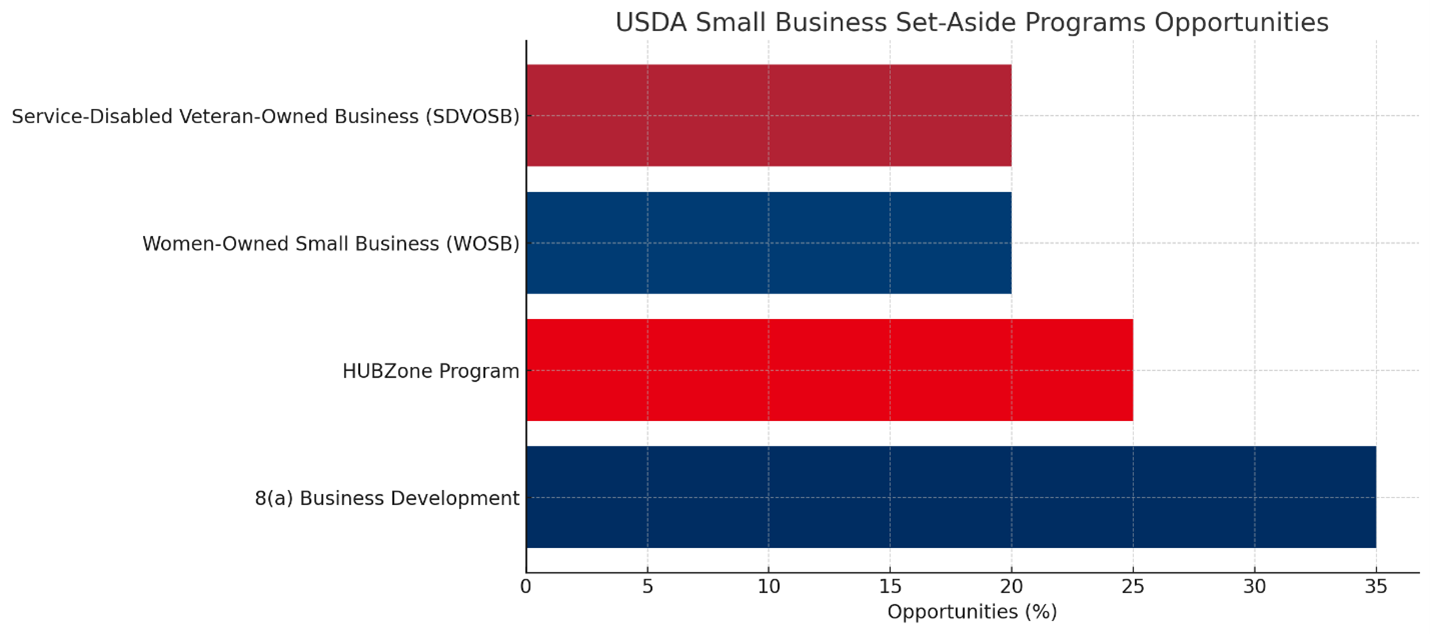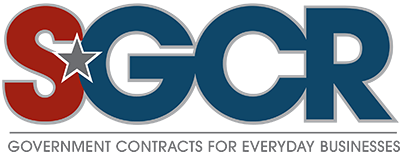
Working with the Department of Agriculture
What is the USDA and What Does it Do?
The U.S. Department of Agriculture (USDA) is a federal agency that plays a pivotal role in shaping the nation’s agriculture and food systems. Established in 1862, its mission is to ensure food security, support agriculture, enhance rural economies, and protect natural resources. The USDA is responsible for implementing policies and programs that impact everything from farming and food safety to rural development and nutrition.
The USDA operates through various mission areas, each of which focuses on specific sectors of the agricultural economy. The department’s reach is broad, affecting everything from food production to trade, nutrition programs, research, and sustainable farming practices. In addition, the USDA also provides financial support, technical assistance, and market opportunities for small businesses, farmers, ranchers, and rural communities.
1. Key Programs of the USDA
The USDA offers a variety of programs that address different aspects of agriculture, rural development, food safety, and nutrition. Below are some of the USDA’s key programs:
Farm Bill Programs
The Farm Bill governs a range of agricultural policy areas, including:
- Crop Insurance:
Provides financial protection to farmers against crop losses due to natural disasters or market fluctuations.
- Commodity Support Programs:
These programs, such as the Price Loss Coverage (PLC) and Agriculture Risk Coverage (ARC), stabilize farm income for specific crops.
- Conservation Programs:
Programs like the Conservation Reserve Program (CRP) and Environmental Quality Incentives Program (EQIP) help farmers implement sustainable environmental practices.
Food and Nutrition Service (FNS) Programs
FNS manages a variety of programs aimed at improving food access and nutrition:
- Supplemental Nutrition Assistance Program (SNAP):
Provides assistance to low-income individuals and families for purchasing food.
- National School Lunch Program (NSLP):
Offers nutritious meals to children in schools.
- Women, Infants, and Children (WIC):
Assists low-income mothers and children with nutrition and healthy food.
Rural Development Programs
The USDA also plays a key role in rural economic development:
- Rural Housing Service (RHS):
Provides loans and grants to support affordable housing in rural areas.
- Rural Business-Cooperative Service (RBCS):
Assists rural businesses with loans and grants to promote entrepreneurship and job creation.
- Rural Utilities Service (RUS):
Works on improving access to utilities like electricity, water, and telecommunications.
Natural Resources and Environment (NRE) Programs
The USDA is committed to sustainable resource management::
- Forest Service (FS):
Manages the nation’s forests and grasslands for conservation, recreation, and resource extraction.
- Wildlife Habitat Incentives Program (WHIP):
Encourages landowners to create and maintain habitats for wildlife.
- Healthy Forests Reserve Program (HFRP):
Focuses on restoring forest ecosystems.
Animal and Plant Health Inspection Service (APHIS) Programs
APHIS is responsible for safeguarding animal and plant health:
- Animal Disease Prevention and Control:
Focuses on preventing the spread of diseases like avian influenza and bovine tuberculosis.
- Plant Protection and Quarantine (PPQ):
Protects plant health by preventing the spread of pests and diseases.
Agricultural Research Service (ARS) Programs
ARS conducts vital research in agriculture:
- Crop Research:
Aims to improve crop yields and disease resistance.
- Livestock and Animal Health Research:
Focuses on improving animal husbandry and disease prevention.
Small Business and Entrepreneur Support Programs
The USDA offers resources to small businesses, farmers, and rural entrepreneurs:
- SBA’s 7(a) Loan Program:
Provides financial assistance to small businesses in rural areas.
- Small Business Innovation Research (SBIR):
Grants are available for small businesses involved in agricultural innovation.
- All Grant Opportunities via the USDA:
Grant opportunities can be found here. The USDA also provides a webinar on the basics of writing Grants, you can watch the video or review the related materials from the webinar: Grant Writing Basics Webinar
Economic Research Service (ERS)
The ERS provides economic analysis and data to support USDA policies:
- Farm Income and Wealth Statistics:
Provides data on the financial health of U.S. farmers.
- Agricultural Policy Analysis:
Analyzes the effects of farm policies and market trends.
Sustainable Agriculture Research and Education (SARE)
SARE provides grants for sustainable agricultural practices, including research on organic farming and resource conservation.
Agricultural Marketing Service (AMS) Programs
AMS supports the marketing of agricultural products:
- National Organic Program (NOP):
Ensures products meet USDA organic standards.
- Commodity Procurement:
Manages USDA’s purchases for programs like NSLP and WIC.
International Trade Programs
The USDA’s Foreign Agricultural Service (FAS) promotes agricultural exports and international trade:
- Export Credit Guarantee Program (GSM-102):
Provides credit guarantees for agricultural exports.
- Market Access Program (MAP):
Helps U.S. producers market their products overseas.
2. How to Get Started with USDA Procurement
Market Research
Understanding the USDA’s procurement needs is critical. Businesses should research past contracts, procurement histories, and open solicitations to identify opportunities. Tools like SAM.gov and the USDA Forecast Opportunities Portal are useful for identifying contracting opportunities.
Create a Capabilities Statement
A well-crafted capabilities statement is essential for government contracting. It should clearly outline your business’s strengths, experience, and qualifications, demonstrating why your company is a good fit for USDA contracts. The USDA’s Contracting team recommends all small businesses to directly register with the USDA’s Vendor Capability Submission Portal.
Find Contract Opportunities
The USDA offers opportunities through a variety of programs and solicitations. Use online platforms like SAM.gov to search for relevant opportunities. Contracts may be broken down into prime contracts and subcontracting opportunities.

We highly recommend you review the
USDA’s Pathway to Prosperity Guide: Contracting with USDA Quick Reference Guide.
3. Small Business Programs and Set-Asides
The USDA participates in several federal programs that provide support and opportunities for small businesses, including:
- 8(a) Business Development Program:
For small, disadvantaged businesses.
- HUBZone Program:
Encourages businesses in historically underutilized zones to participate in federal contracting.
- Service-Disabled Veteran-Owned Business (SDVOB):
Provides opportunities for veteran-owned businesses.
- Women-Owned Small Business (WOSB):
Helps women-owned businesses compete for contracts.

The USDA (as do all agencies) recives a scorecard from the SBA that overviews how they utilized the spending and budget each year. To view how the USDA spent their funding in the 2023 fiscal year, you can review their SBA Scorecard.
4. Subcontracting and Mentor-Protégé Programs
Subcontracting
If your business is not ready to take on a full contract, consider subcontracting with a prime contractor. Subcontractors perform work under a larger contractor, building experience and credibility for future contracts. For a complete list of subcontractors that work with the USDA, you can search their directory: 2024 SMALL BUSINESS SUBCONTRACTING OPPORTUNITIES DIRECTORY
Mentor-Protégé Program (MPP)
The Mentor-Protégé Program helps small businesses grow by pairing them with experienced companies. This program provides business development assistance, financial support, and guidance on federal procurement.
5. Connecting with USDA Small Business Liaisons
Small business liaisons within the USDA are invaluable resources for businesses seeking guidance and support. They help small businesses navigate the federal procurement process, connect with appropriate USDA offices, and identify contracting opportunities. To connect with a small business liaison:
- Identify the Liaison for Your Mission Area:
Each mission area in the USDA has its own small business liaison. Find your PCR liaison.
- Attend USDA Events:
Networking events and webinars can be excellent ways to meet liaisons. Find upcoming events at the USDA’s event page.
- Request One-on-One Meetings:
Meeting directly with a liaison can help provide tailored advice and identify opportunities. OSDBU Staff Contact List
You can find liaison contacts on the USDA Office of Small and Disadvantaged Business Utilization (OSDBU).
The USDA provides numerous opportunities for small businesses across various sectors, from agricultural research and rural development to food safety and nutrition. By understanding the USDA’s structure, programs, and procurement processes, small businesses can position themselves for success. Leverage USDA’s resources, engage with small business liaisons, and take advantage of support programs to navigate federal contracting effectively.
For more information, visit the USDA website at www.usda.gov.
